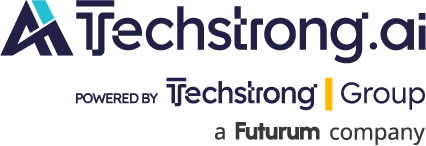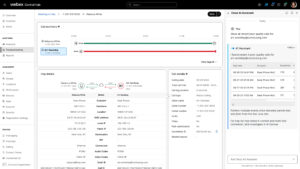
Cisco today added a set of artificial intelligence (AI) agents to both the Cisco AI Assistant and within an operating system, dubbed RoomOS 26, that the company has created for hardware devices running its collaboration software.
Announced at the WebexOne 2025 conference, Cisco also unfurled an iteration of its contact center platform that enables organizations to make use of AI agents to resolve service calls.
All of these capabilities are tightly integrated with the Cisco Webex Suite as part of an effort to streamline communications in a way that leverages what Cisco is now calling a Connected Intelligence framework that improves overall productivity, says Jeetu Patel, president and chief product officer for Cisco.
That shift, however, requires moving beyond chat bots to rely more on AI agents to automate more tasks, he added. “We’re squarely in the next era of AI,” he says.
For example, an AI agent can now automatically schedule meetings starting this quarter, while a task agent due out in the first quarter of 2026 will proactively generate action items from meeting summaries. A notetaker agent due out in the first quarter of 2026 can also be used to transcribe and summarize in-person meetings in real time.
There is also an AI receptionist for Webex Calling that can automate responses to routine queries and customer questions such as transferring calls or scheduling appointments.
Additionally, Cisco has created a Director agent that can anticipate and adapt to meeting flow to provide engaging, cinematic collaboration experiences along with an AI agent that can quickly define digital boundaries in meeting spaces in a matter of seconds to ensure AI-powered microphones block out distracting noises
Cisco AI Assistant is now also integrated with third-party applications and AI tools, including Amazon Q agent from Amazon Web Services, the software-as-a-service (SaaS) applications developed by Salesforce and Jira project management software from Atlassian. Cisco is also making it possible to support the Microsoft Device Ecosystem Platform (MDEP) running on RoomOS devices configured with NVIDIA graphics processing units (GPUs).
In the second quarter of 2026, Cisco also plans to add a polling agent that proactively recommends when to conduct live polls throughout a meeting.
Cisco is also partnering with GetReal and Pindrop to provide an ability to identify in real time deep fakes and synthetic media that are being used for malicious purposes.
Finally, Cisco is also now making available an AI dashboard in Control Hub that makes it possible to measure AI assistant usage and adoption. In the third quarter of 2026, Cisco will also provide Integration with Cisco AI Canvas, a graphical user interface for aggregating telemetry data generated by AI applications in a way that promises to make it simpler to troubleshoot agentic AI applications.
It’s not clear how long it might be before AI agents change the way just about everyone works and collaborates, but as is always the case, the next major issue may very well turn out to be finding a way to manage what might easily become too much of a good thing.


